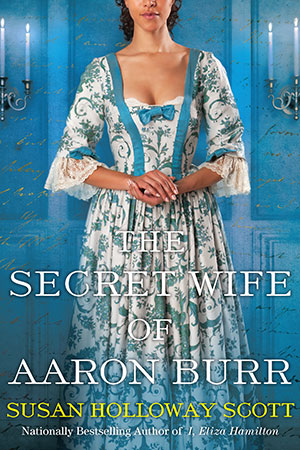Susan reporting,
In our time of fast-fashion and clothing that's made to be disposable, the exquisite clothing of the upper classes in 18thc Europe and America seems stunningly beautiful. Embroidery, embellishment with sequins and faux pearls, silk damasks so artfully woven that they defy modern reproductions: the Georgian era is one big delicious candy-box of precious textiles.
I'm not the only one to think this way, either. These textiles and clothes were so valued that they often had many lives, first being updated and remodeled repeatedly to fit the original owner, and then again by future generations as well. The amount of fabric and the construction (which could easily be unpicked) of most 18thc gowns made them ripe for refashioning. I've written about several of these recycled gowns before, including here, here, and here.
The clothing of 18thc gentlemen, while just as lavish as that worn by the ladies, seldom received the same treatment. This is not only because the men's coats, waistcoats, and breeches were fitted and tailored, providing little fabric for a new project, but also because after 1800 or so, men's clothing took a decidedly more somber turn. There was little interest among men in the 19thc or 20thc to refurbish a spangled pink velvet court suit (except, perhaps, by Liberace.)
But there's an exception to every rule, and the vest shown, left, is the glorious proof. It's currently on display in Fashion Unraveled, a wonderful exhibition at the Museum at FIT through November 17, 2018.
The vest began its clothing-life looking much like the men's waistcoat, right. Made in second half of the 18thc, both waistcoats feature professionally worked embroidery, placed to accentuate the wearer's taste and form. Sometime around 1950, however, a clever seamstress took one of these 18thc men's waistcoats, adapted it to a woman's figure, and created the vest. Preserving the impact of the original embroidery, but shortening the length and adding the darts to create the close-fitting silhouette characteristic of the late 1940s-1950s, the vest would likely have been worn with a full skirt.
Don't know about you, but I'd wear either one (or both!) of these waistcoats now....
Left: Woman's Vest, remodeled c1950 in America, from an 18thc man's waistcoat. Museum at FIT. Photograph ©2018 Susan Holloway Scott.
Right: Man's Waistcoat, c1760-70. Metropolitan Museum of Art.
Laws Concerning Women in 1th-Century Georgia
10 months ago


















































 One of us --
One of us -- 


